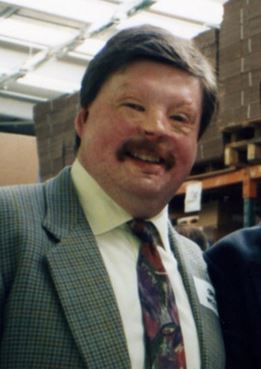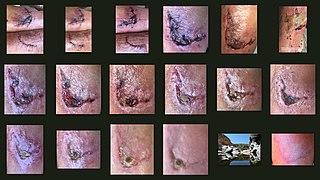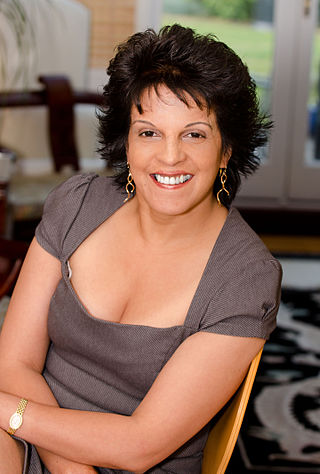
Plastic surgery is a surgical specialty involving the restoration, reconstruction, or alteration of the human body. It can be divided into two main categories: reconstructive surgery and cosmetic surgery. Reconstructive surgery includes craniofacial surgery, hand surgery, microsurgery, and the treatment of burns. While reconstructive surgery aims to reconstruct a part of the body or improve its functioning, cosmetic surgery aims to improve the appearance of it. A comprehensive definition of plastic surgery has never been established, because it has no distinct anatomical object and thus overlaps with practically all other surgical specialties. An essential feature of plastic surgery is that it involves the treatment of conditions that require or may require tissue relocation skills.

A scar is an area of fibrous tissue that replaces normal skin after an injury. Scars result from the biological process of wound repair in the skin, as well as in other organs, and tissues of the body. Thus, scarring is a natural part of the healing process. With the exception of very minor lesions, every wound results in some degree of scarring. An exception to this are animals with complete regeneration, which regrow tissue without scar formation.

Simon Weston is a Welsh veteran of the British Army who is known for his charity work and recovery from severe burn injuries suffered during the Falklands War.

With physical trauma or disease suffered by an organism, healing involves the repairing of damaged tissue(s), organs and the biological system as a whole and resumption of (normal) functioning. Medicine includes the process by which the cells in the body regenerate and repair to reduce the size of a damaged or necrotic area and replace it with new living tissue. The replacement can happen in two ways: by regeneration in which the necrotic cells are replaced by new cells that form "like" tissue as was originally there; or by repair in which injured tissue is replaced with scar tissue. Most organs will heal using a mixture of both mechanisms.

Rhinoplasty, commonly called nose job, medically called nasal reconstruction, is a plastic surgery procedure for altering and reconstructing the nose. There are two types of plastic surgery used – reconstructive surgery that restores the form and functions of the nose and cosmetic surgery that changes the appearance of the nose. Reconstructive surgery seeks to resolve nasal injuries caused by various traumas including blunt, and penetrating trauma and trauma caused by blast injury. Reconstructive surgery can also treat birth defects, breathing problems, and failed primary rhinoplasties. Rhinoplasty may remove a bump, narrow nostril width, change the angle between the nose and the mouth, or address injuries, birth defects, or other problems that affect breathing, such as a deviated nasal septum or a sinus condition. Surgery only on the septum is called a septoplasty.

Wound healing refers to a living organism's replacement of destroyed or damaged tissue by newly produced tissue.

Sir Archibald Hector McIndoe was a New Zealand plastic surgeon who worked for the Royal Air Force during the Second World War. He improved the treatment and rehabilitation of badly burned aircrew.

Skin grafting, a type of graft surgery, involves the transplantation of skin. The transplanted tissue is called a skin graft.

Regenerative medicine deals with the "process of replacing, engineering or regenerating human or animal cells, tissues or organs to restore or establish normal function". This field holds the promise of engineering damaged tissues and organs by stimulating the body's own repair mechanisms to functionally heal previously irreparable tissues or organs.
ReSurge International, formerly known as Interplast, is an international humanitarian organization that provides free reconstructive surgery in developing countries, primarily to children with cleft lip and palate and burn scar contractures.
Peter Edward Michael Butler, FRCSI, FRCS, FRCS (Plast) is Professor of Plastic and Reconstructive Surgery at University College London. He is consultant plastic surgeon and head of the face transplantation team at the Royal Free London NHS Foundation Trust in London, United Kingdom. He is Director of the Charles Wolfson Center for Reconstructive Surgery at the Royal Free Hospital, which was launched in November by The Right Honourable George Osborne, MP, Chancellor of the Exchequer at No 11 Downing Street in November 2013.

Wexham Park Hospital is a large NHS hospital in Slough, Berkshire. It has been managed by Frimley Health NHS Foundation Trust since 2014. Neil Dardis has been the Trust's chief executive since 2018.
Aesthetic medicine is a branch of modern medicine that focuses on altering natural or acquired unwanted appearance through the treatment of conditions including scars, skin laxity, wrinkles, moles, liver spots, excess fat, cellulite, unwanted hair, skin discoloration, spider veins and or any unwanted externally visible appearance. Traditionally, it includes dermatology, oral and maxillofacial surgery, reconstructive surgery and plastic surgery, surgical procedures, non-surgical procedures, and a combination of both. Aesthetic medicine procedures are usually elective. There is a long history of aesthetic medicine procedures, dating back to many notable cases in the 19th century, though techniques have developed much since then.

Fiona Melanie Wood is an Australian plastic surgeon and burns specialist working in Perth, Western Australia. She is the director of the Royal Perth Hospital burns unit and the Western Australia Burns Service, and developed spray-on skin in collaboration with Marie Stoner. In addition, Wood is also a clinical professor with the School of Paediatrics and Child Health at the University of Western Australia and director of the Fiona Wood Foundation.

Pam Warren is a professional speaker and author who became known in the United Kingdom as the 'Lady in the Mask' after receiving severe burn injuries in the Ladbroke Grove rail crash in 1999. She is the founder of the Paddington Survivors Group. She is a spokesperson and advocate for railway safety and the author of From Behind the Mask, a memoir of her life during and after the train collision.
Regeneration in humans is the regrowth of lost tissues or organs in response to injury. This is in contrast to wound healing, or partial regeneration, which involves closing up the injury site with some gradation of scar tissue. Some tissues such as skin, the vas deferens, and large organs including the liver can regrow quite readily, while others have been thought to have little or no capacity for regeneration following an injury.
Peter Leslie Weissberg is a British physician.
Scar free healing is the process by which significant injuries can heal without permanent damage to the tissue the injury has affected. In most healing, scars form due to the fibrosis and wound contraction, however in scar free healing, tissue is completely regenerated. During the 1990s, published research on the subject increased; it is a relatively recent term in the literature. Scar free healing occurs in foetal life but the ability progressively diminishes into adulthood. In other animals such as amphibians, however, tissue regeneration occurs, for example as skin regeneration in the adult axolotl.

Integra LifeSciences is a global medical device manufacturing company headquartered in Princeton, New Jersey. Founded in 1989, the company manufactures products for skin regeneration, neurosurgery, reconstructive and general surgery. Integra artificial skin became the first commercially reproducible skin tissue used to treat severe burns and other skin wounds.
Anthony Howard Norman Roberts OBE. OStJ FRCS FRCSG FRSB FRGS is a British retired plastic and reconstructive surgeon. He was a consultant plastic and hand surgeon at Stoke Mandeville Hospital, Buckinghamshire from 1985 to 2001, and director of the Oxford regional burn unit at Stoke Mandeville Hospital. He then worked for periods for the Ministry of Defence as a plastic surgeon and as a general surgeon during the years 2001 to 2005.














